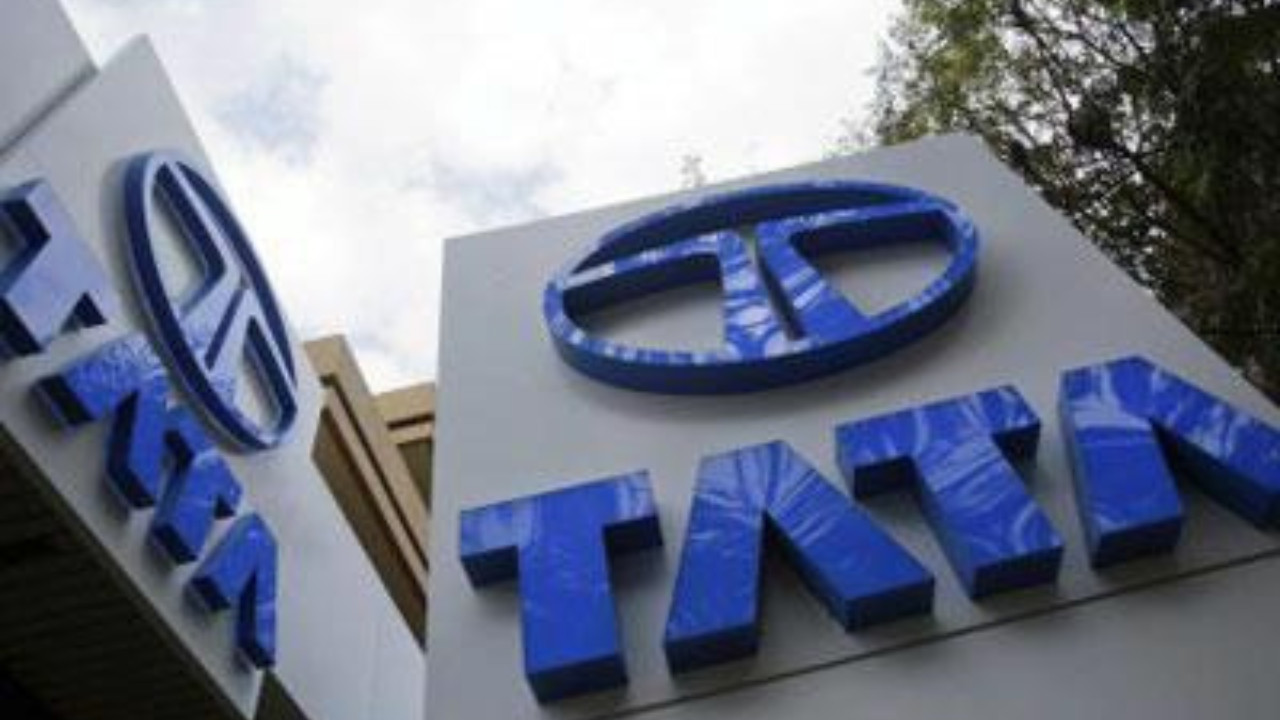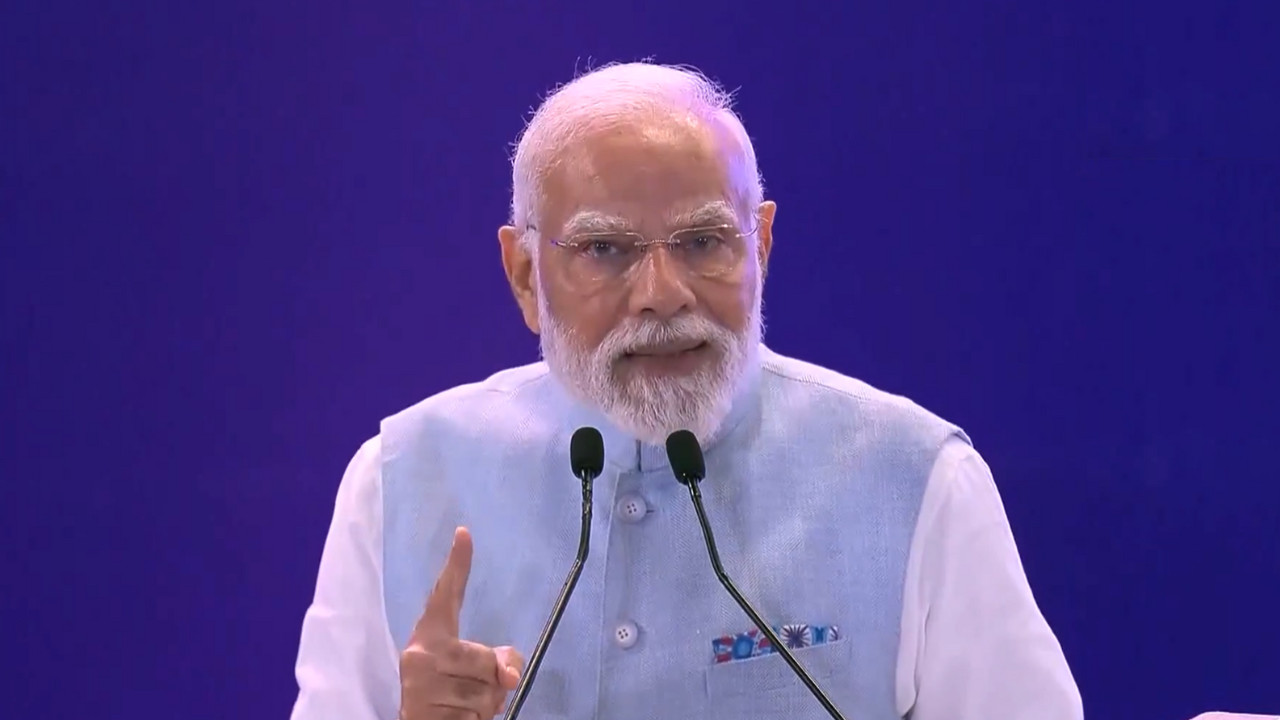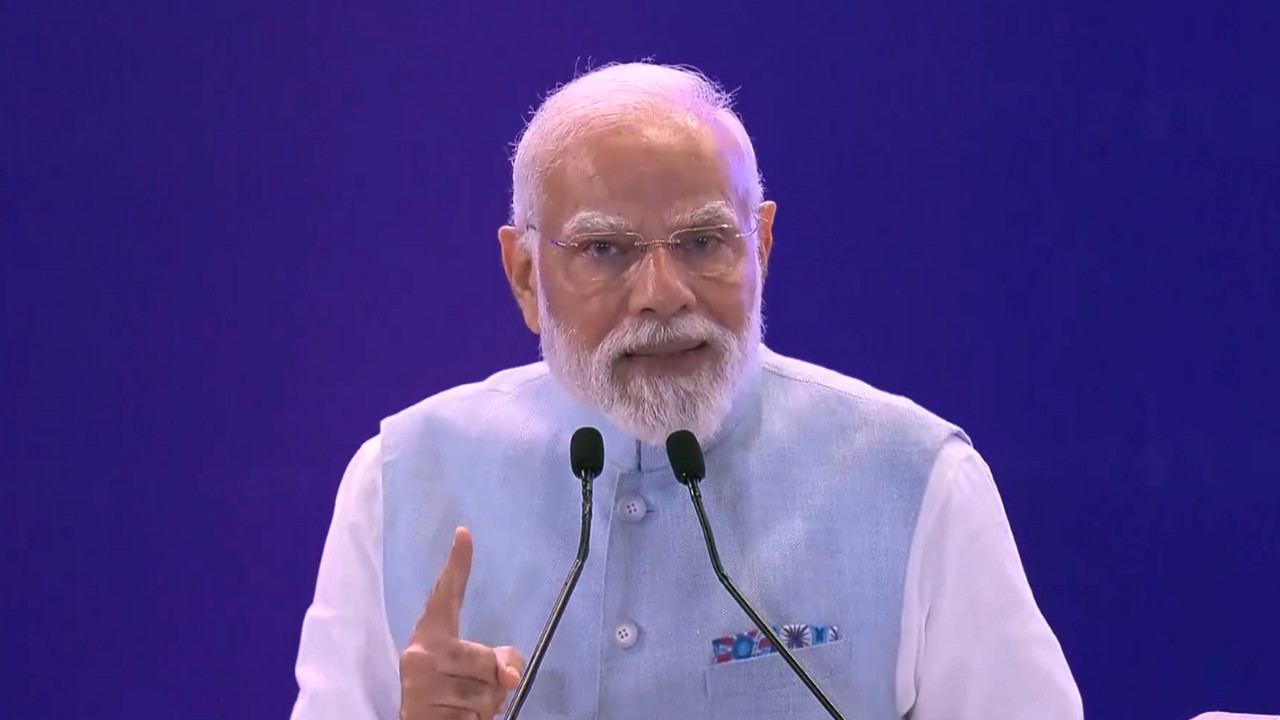Tata Motors’ EV business achieved a positive Ebitda margin in FY25, joining a select group of global EV manufacturers. This milestone was reached despite a dip in EV sales and market share due to increased competition. Improved profitability was driven by localization, cost reduction, and government PLI benefits, positioning the company for future growth in the EV market.
Tata Motors’ Electric Leap: Profitability Peaks Despite a Market Shuffle
Okay, let’s talk Tata Motors and their electric vehicle (EV) adventure. It’s a story that’s got a bit of a twist, a dash of triumph, and a whole lot of intriguing questions about the future of electric mobility in India.
You know how everyone’s been buzzing about EVs? It’s not just a trend; it’s a tectonic shift in how we think about transportation. And Tata Motors has been right there in the thick of it, a pioneer in the Indian EV landscape. They’ve built a strong brand around electric cars, with the Nexon EV and Tigor EV becoming familiar sights on our roads. But lately, the narrative has taken an interesting turn.
Here’s the headline: Tata Passenger Electric Mobility (TPEM), the EV arm of Tata Motors, has managed to achieve EBITDA positivity. Translation? They’re making money from their electric vehicle operations before interest, taxes, depreciation, and amortization are factored in. That’s a big deal. Seriously. In the cutthroat world of automotive manufacturing, especially in a rapidly evolving space like EVs, reaching profitability is like planting your flag on the summit.
Now, here’s the wrinkle. This achievement comes despite a dip in both sales and market share. The EV market in India is becoming increasingly crowded. We’re seeing a surge of new entrants, both domestic and international players, all vying for a piece of the pie. The initial early adopter phase, where Tata Motors held a significant advantage, is giving way to a more mature market where consumers have more choices.
Think about it. Initially, if you wanted an affordable electric car in India, your options were pretty limited. Tata Motors filled that vacuum beautifully. But now, we’re seeing competitors like Mahindra (with the XUV400), MG (with the Comet EV), and even Maruti Suzuki gearing up to launch their EV contenders. And let’s not forget the growing ecosystem of electric two-wheelers, further fragmenting the overall electric vehicle market.
So, what’s happening here? How can Tata Motors be more profitable while simultaneously losing ground in sales and market share?
The answer, I suspect, lies in a combination of factors. First, cost optimization. Reaching EBITDA positivity suggests that TPEM has been laser-focused on streamlining its operations, improving manufacturing efficiencies, and reducing production costs. They’ve likely been refining their battery sourcing strategies, negotiating better deals with suppliers, and fine-tuning their assembly processes. Think of it as shedding weight and becoming a leaner, meaner EV machine.
Second, a strategic shift in product mix could be at play. Perhaps TPEM is prioritizing the production and sale of higher-margin EV models or trims. Even within the Nexon EV range, for example, certain variants with more features and larger battery packs might command a higher profit margin. By focusing on these higher-value offerings, they could be boosting profitability even with lower overall sales volume.
Third, let’s not underestimate the power of branding and customer loyalty. Tata Motors has built a strong reputation for reliability and value in the Indian market. This brand equity translates into a certain level of customer stickiness. While some consumers might be tempted by newer, flashier offerings from competitors, a significant chunk of Tata Motors’ customer base remains loyal.
But here’s where the story gets truly interesting. While EBITDA positivity is a fantastic achievement, it’s crucial to remember that it’s just one metric. It doesn’t paint the whole picture. The dip in sales and market share raises some serious questions about Tata Motors’ long-term competitiveness in the EV space.
Can they maintain their profitability momentum while facing increasing competition? Will they be able to innovate and introduce new, compelling EV models that can recapture lost market share? The answers to these questions will determine whether TPEM’s current success is a temporary blip or a sign of sustained dominance.
To stay ahead of the curve, Tata Motors will need to double down on innovation. This means investing heavily in research and development, exploring new battery technologies, and developing cutting-edge features that resonate with modern consumers. They also need to continue expanding their charging infrastructure, addressing a key barrier to EV adoption in India.
Furthermore, they’ll need to get really clever with their marketing and branding. They need to clearly articulate the value proposition of their EVs, highlighting their affordability, reliability, and suitability for Indian conditions. They need to connect with potential customers on an emotional level, showcasing the benefits of electric mobility beyond just the environmental aspect.
Ultimately, Tata Motors’ EV journey is a microcosm of the broader electric vehicle revolution in India. It’s a story of ambition, innovation, and adaptation. While the road ahead may be bumpy, with increasing competition and evolving consumer preferences, the company’s ability to achieve profitability in a challenging market is a testament to its resilience and strategic vision. The next few years will be crucial in determining whether they can maintain their position as a leader in the Indian EV landscape. One thing is certain: it’s going to be a thrilling ride.
📬 Stay informed — follow us for more insightful updates!







